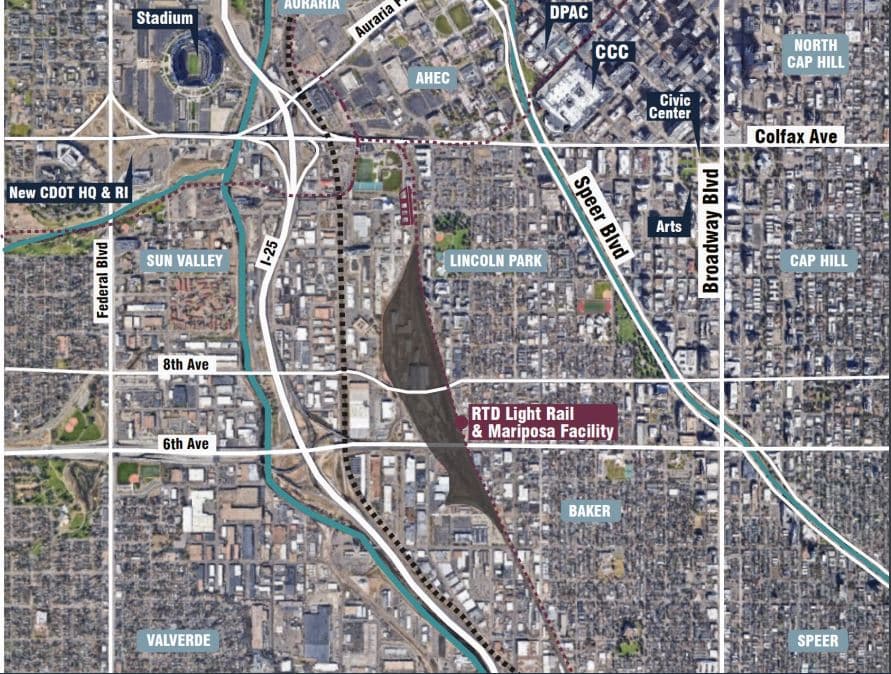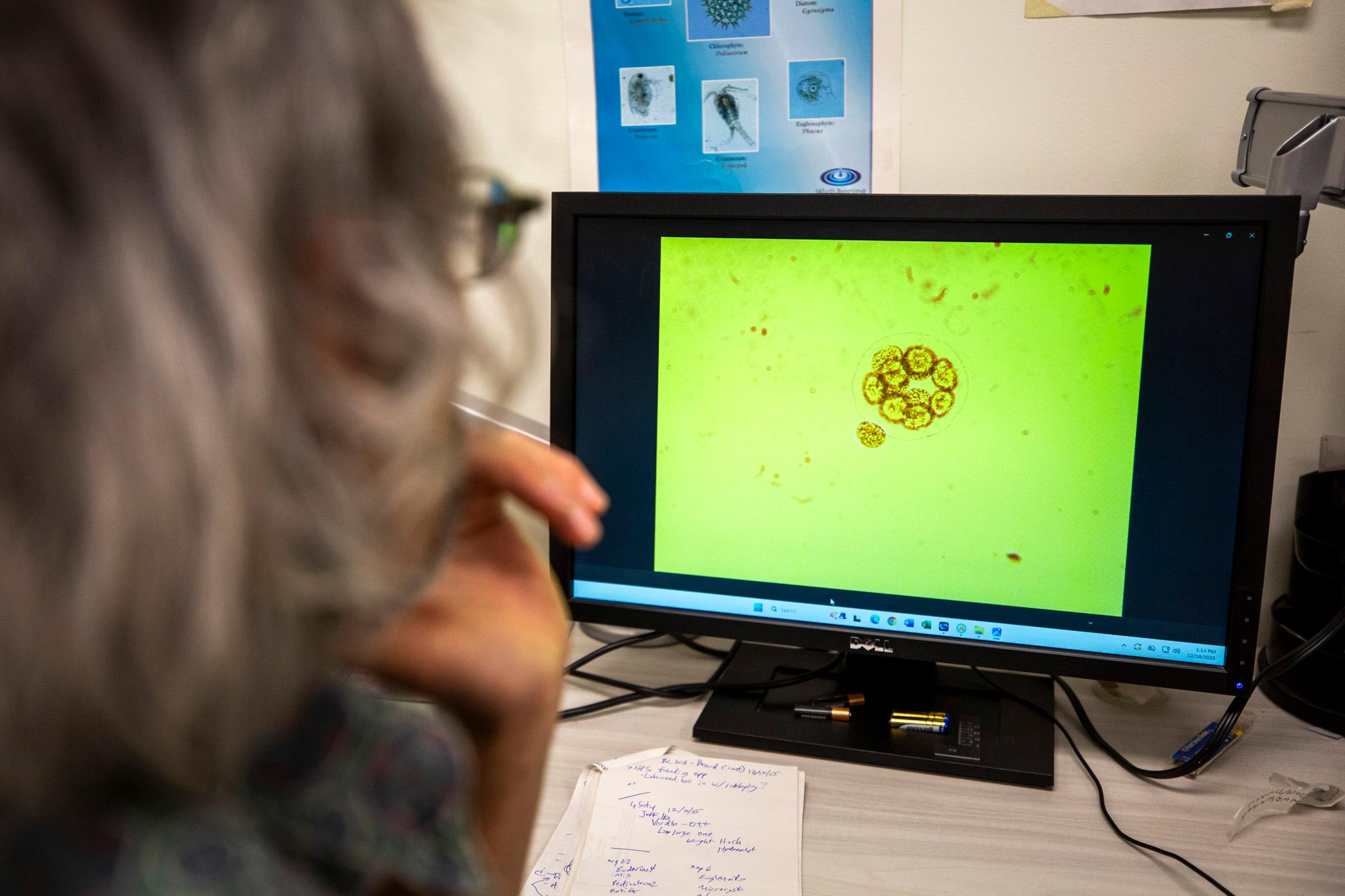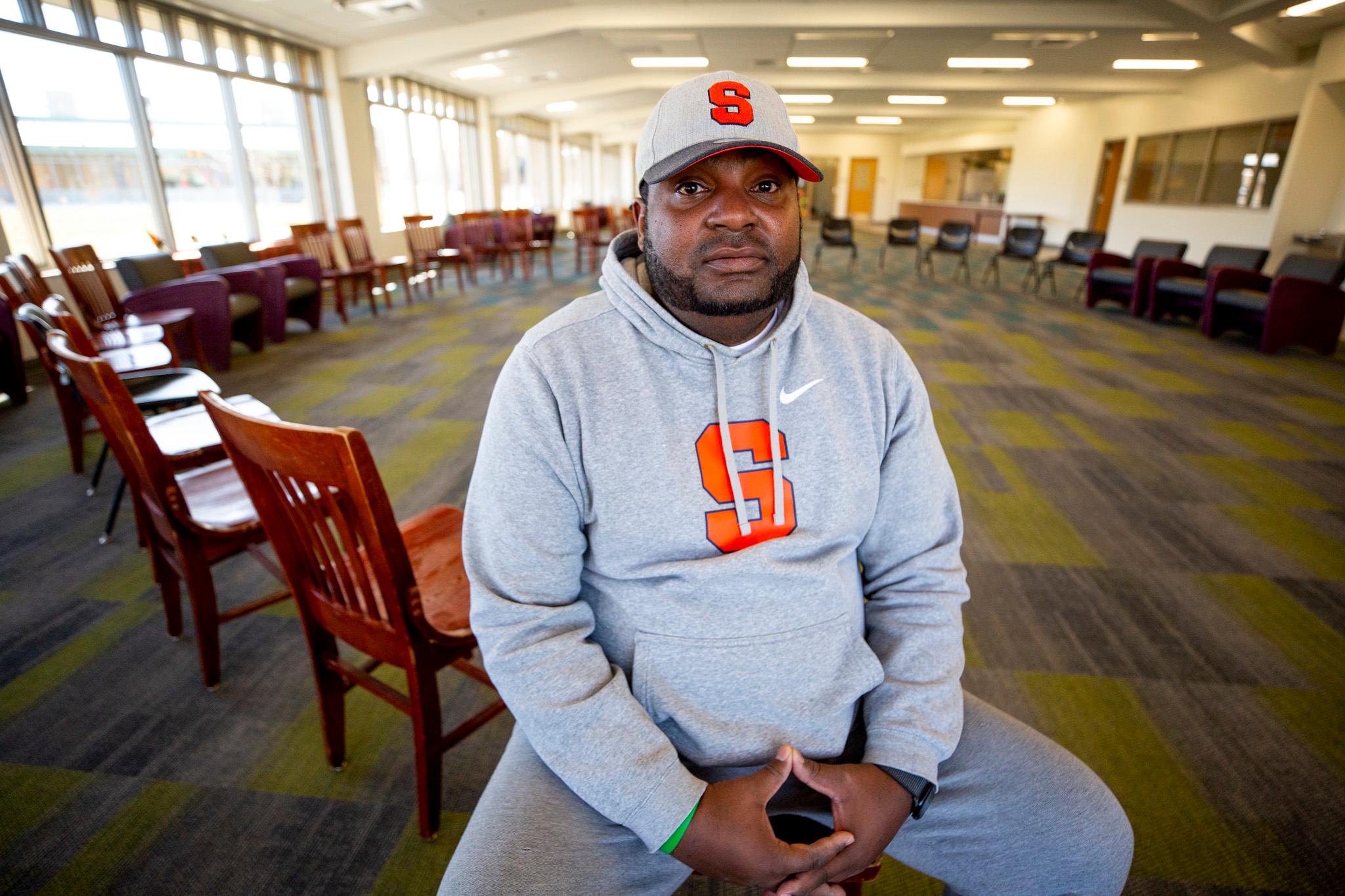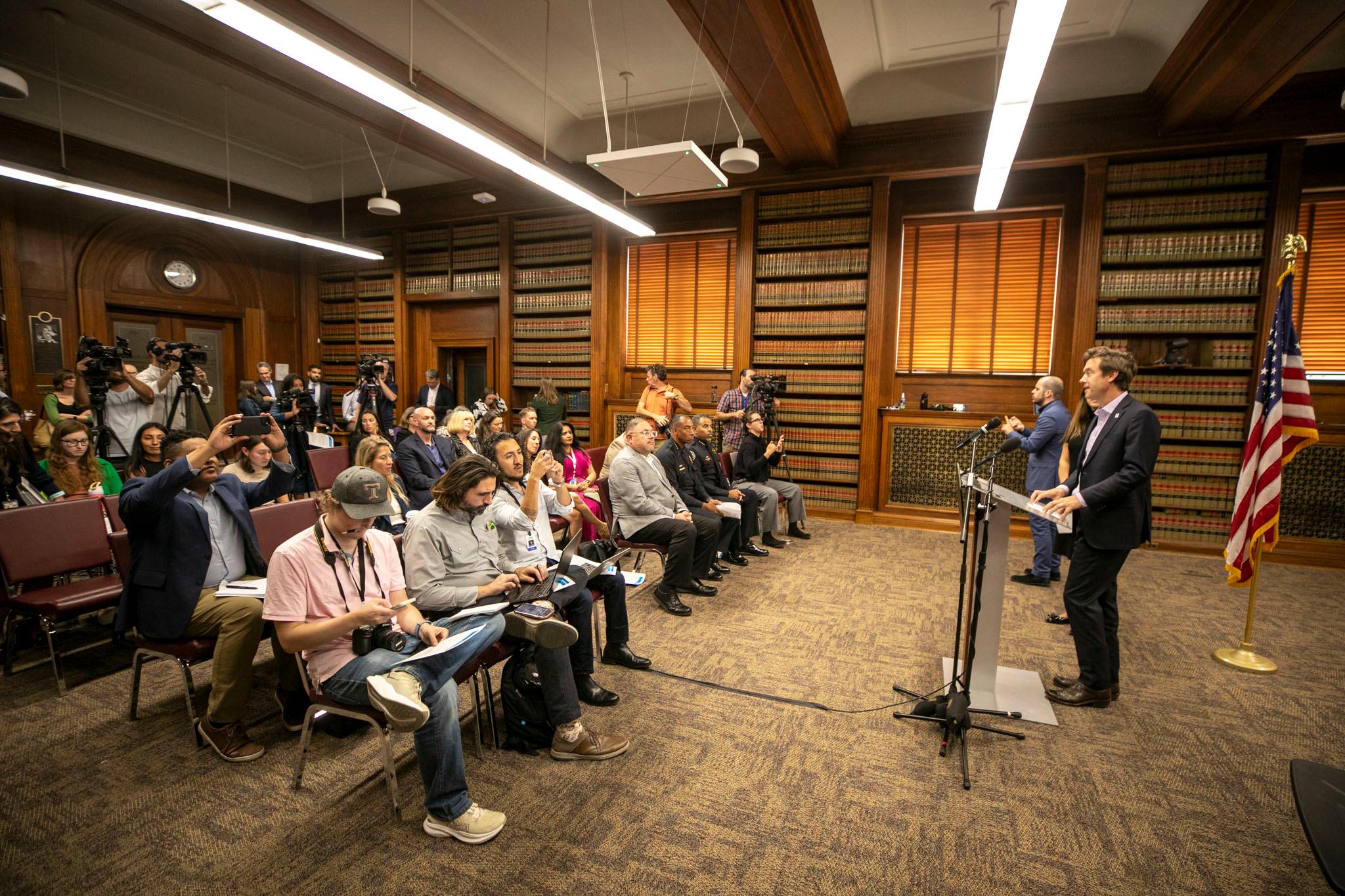For more than two decades, residents of La Alma Lincoln Park have wondered: What's going to happen with Burnham Yard?
That's the 58 acres of rail yards with tracks and a few shuttered buildings on a desolate brownfield under the 6th Avenue and 8th Avenue bridges and west of the 10th and Osage light rail stop.
At first glance, the area is an industrial dead zone, a barrier between La Alma Lincoln Park and the rest of the westside, between Downtown and the intersection of I-25 and Broadway.
People live in tents that occasionally line the lot. Graffiti artists stroll through, looking for trains to tag. Trains occasionally run through.
But mostly, the yards sit empty.

Denver's rapidly growing and lacks enough housing for all the people who want to live here. City officials see potential in Burnham Yard for new housing and retail.
In documents Denverite obtained from Community Planning and Development, the agency explained it hopes to "establish a strong city-building vision that sets the course of redevelopment at Burnham Yard and along the South Platte River from the Broncos' Stadium District/River Mile to Broadway Station."
For the past few months, the city has been hiring on-call contractors to lead the early stages of a development process for the land.
"The future of Burnham Yard is a once in a lifetime opportunity to fashion the outcome of equitable transit-oriented development (TOD) and multi-modal infrastructure improvements that will transform an abandoned railyard into a thriving center that connects multiple neighborhoods together," the city wrote to potential contractors.
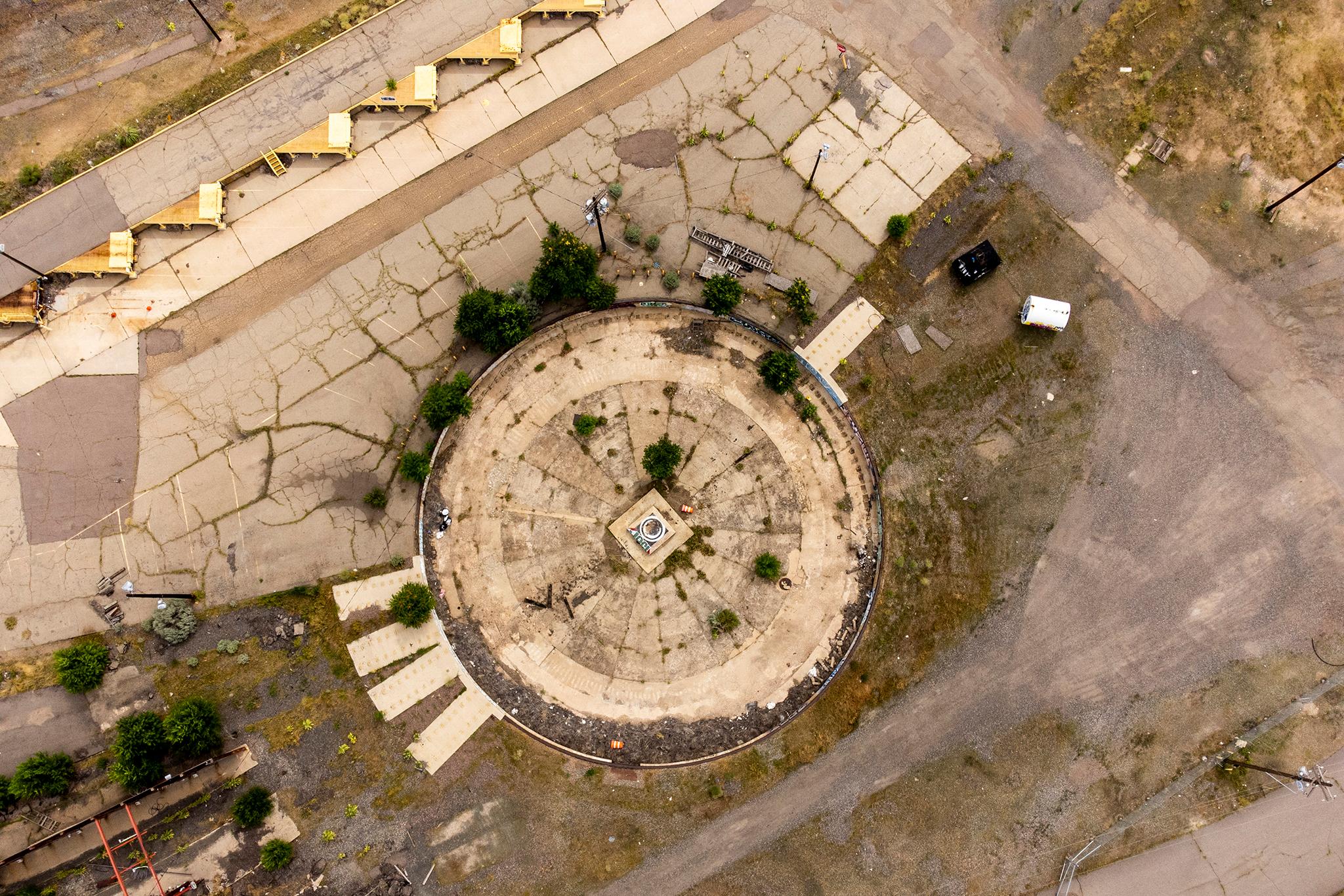
In May, the city held an outreach event for companies looking to work on the planning of the redevelopment. Nearly a hundred developers, architects, city workers, lobbyists and engineers attended the meeting.
Once the contractor has been hired, there's a lot the state needs to do before any development can take place.
"Our work is not expected to kick off in earnest until this fall," said Laura Swartz of Denver Community Planning and Development.
The idea of developing the land is nothing new -- and there's a lot that needs to be done to make that possible.
Back in 2010, when the rapidly changing La Alma Lincoln Park neighborhood created its neighborhood plan, there was talk of what development might look like at Burnham Yard -- but no guarantees that it would be happening.
At the time, the rail yards were still active, as they had been since the 1870s, first run by Denver and Rio Grande Railroad and later by Southern Pacific and Union Pacific.
"Although a long term vision was developed for this area it is anticipated that if and when the Burnham Yard were to become available for redevelopment, a separate planning exercise would be necessary," the area plan noted.
Most rail yard operations at Burnham Yard shut down in 2015.
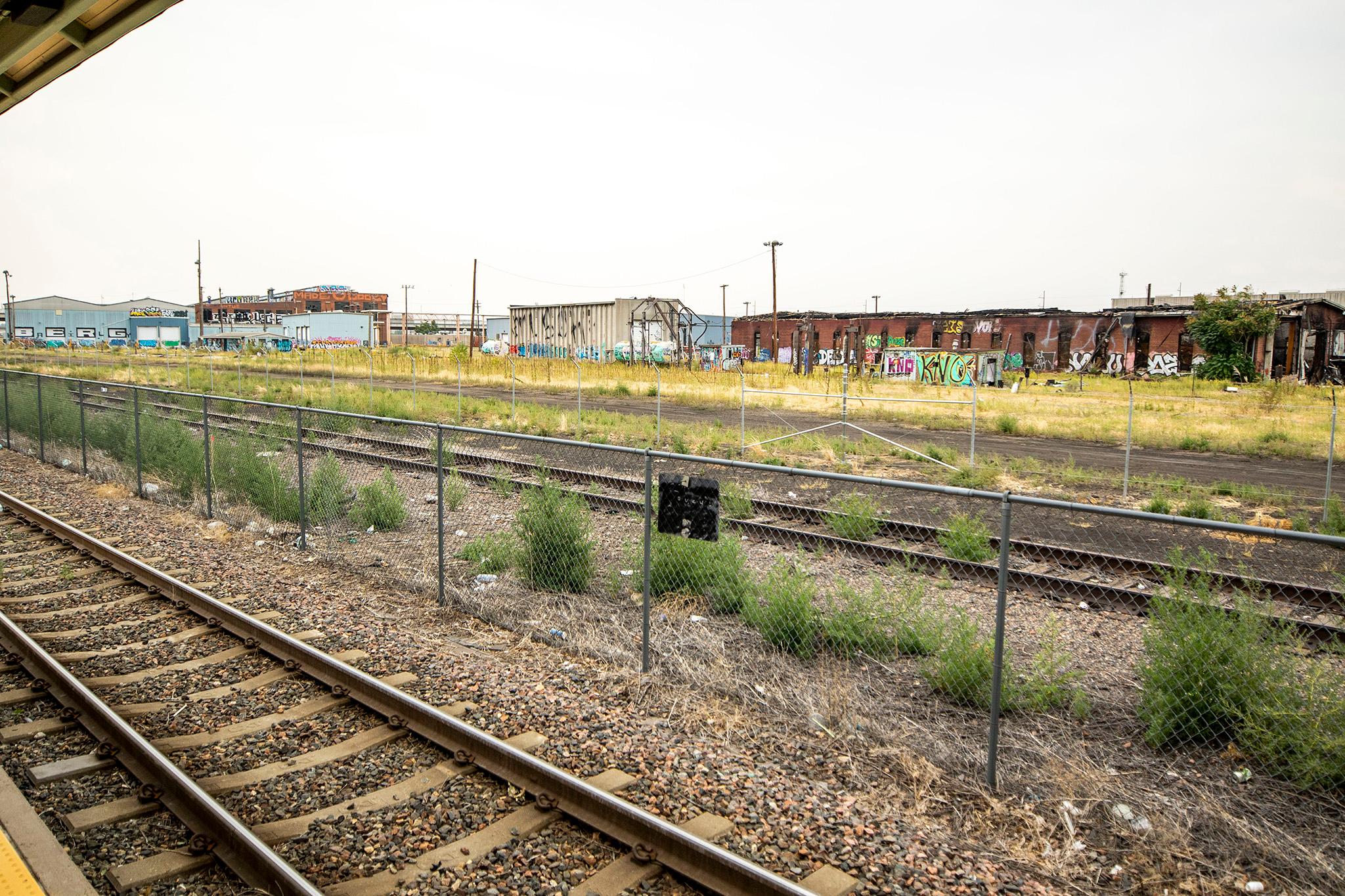
The Colorado Department of Transportation commissioned an environmental study in 2019, the Denver Business Journal reported. Based on the findings, the state transportation agency decided that remediating and reworking the site was worthwhile.
CDOT rejected Denverite's Colorado Open Records Act request for that document which outlines the environmental hazards of the area, leaving the public unable to weigh the dangers of potential development.
Rail yards are often contaminated with creosote and other toxins associated with the industry.
The state agency purchased the land in 2021 with development in mind.
"Burnham Yard is a transformational transit property for our state and can help Colorado meet our goals for making housing more affordable, commutes shorter and our air cleaner," said Gov. Jared Polis, in a statement at the time.
Now CDOT is undergoing a federal environmental study, according to agency spokesperson Tim Hoover. Based on that, the agency will finalize how rail lines could be rerouted through the property.
The hope is to make the main freight line safer, more efficient and more reliable and improve the safety of I-25 by adding shoulders to the road in a section of the interstate that the city notes has three crashes per day -- "one of the highest in the state," according to CDOT's website.
The reworked Burnham Yard could also create space for the possible Front Range Passenger Rail, likely an Amtrak train that will connect Pueblo with Fort Collins -- and eventually bridge New Mexico with Wyoming. With the Front Range population predicted to grow to 6 million by 2050, low-emissions transportation is more crucial than ever.
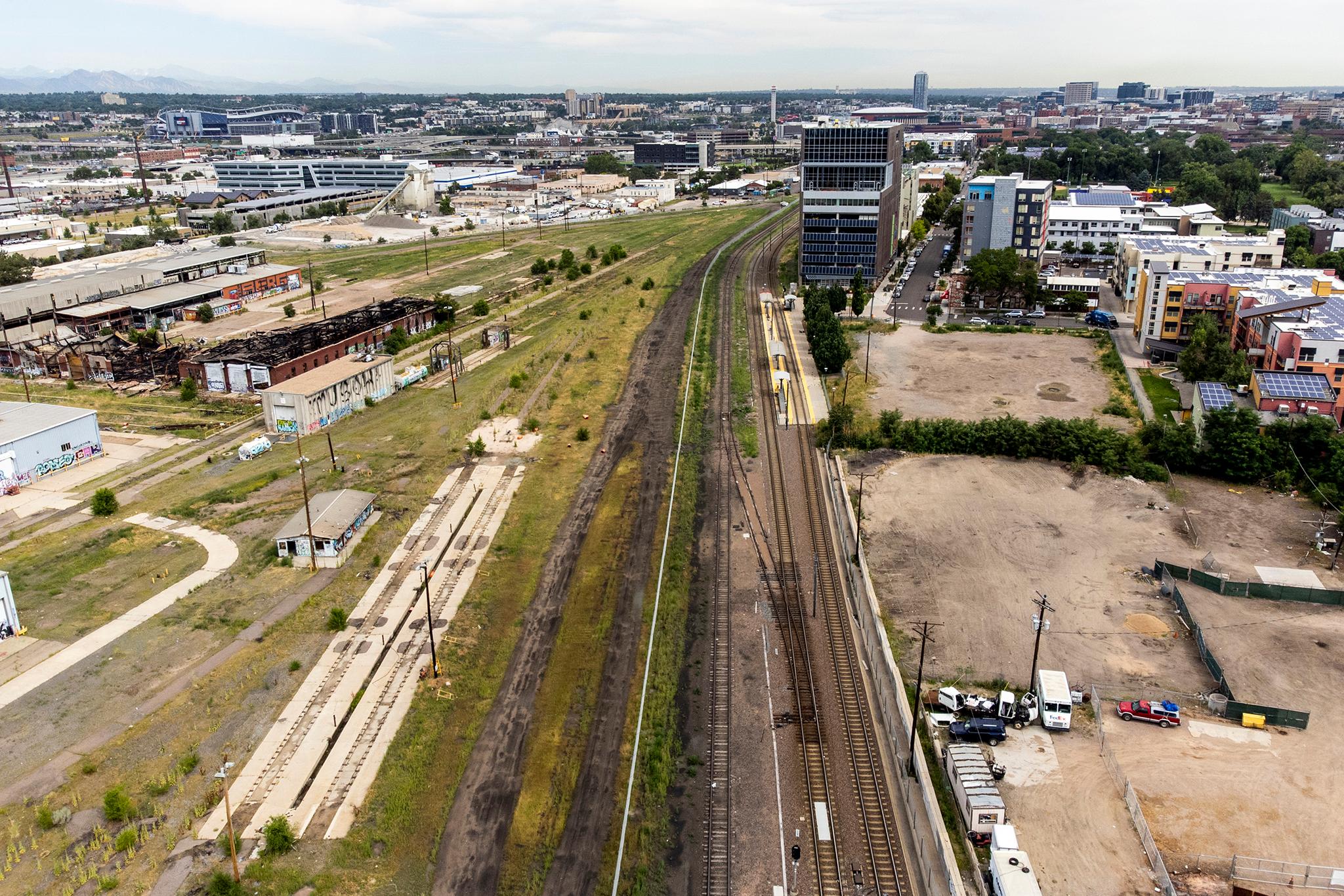
The Front Range Passenger Rail could transform the future of the region, which is expected to grow to 6 million people by 2050 and needs low-emissions transportation to sustain the population boom.
Rerouted rail lines could also open up space for Community Planning and Development's idea of a transit-friendly, walkable community at Burnham Yard that will likely include affordable housing, a "historic" employment center, community-based businesses and jobs. The city describes all of this as "transformational investments."
For that to happen, any environmental issues at Burnham Yard would need to be remediated, and some of the historic rail yard buildings on the site would be preserved.
But there are issues beyond the soil and moving train lines.
"Regional multi-modal infrastructure has historically treated Burnham Yard as an area to bypass which now creates significant access issues for future development," according to a document from Community Planning and Development.
The Alameda Avenue underpass would need to be reworked, according to city documents. The current structure creates a headache for all but drivers.
The "8th Avenue bridge recently has become 'poorly' rated," according to the city, and neither it nor the 6th Avenue bridge have exits to Burnham Yard. That would need to change to make it easier for Denverites to connect to both freight and passenger rail and any new development.
The train yard is in a choice spot, near some of the most likely to-be-developed areas of the city center.
Nearby, Revesco's River Mile project will bring 15,000 people to the Elitch Gardens site. Kroenke Sports is planning to develop the Ball Arena parking lots, where Cirque du Soleil sets up the big tent most summers.
The Auraria Campus will likely see a surge of mixed-use development, including housing and retail.
Sun Valley is in the middle of a massive redevelopment. The land around the Broncos stadium will also, likely, see more new builds.
If all goes as planned, development will stretch from Globeville to the old site of the Gates Rubber Factory and could more than double the current downtown residential population. The city's skyline would forever change, rising and stretching with taller buildings, more density and the sort of live-work-play communities urbanists hope to create.
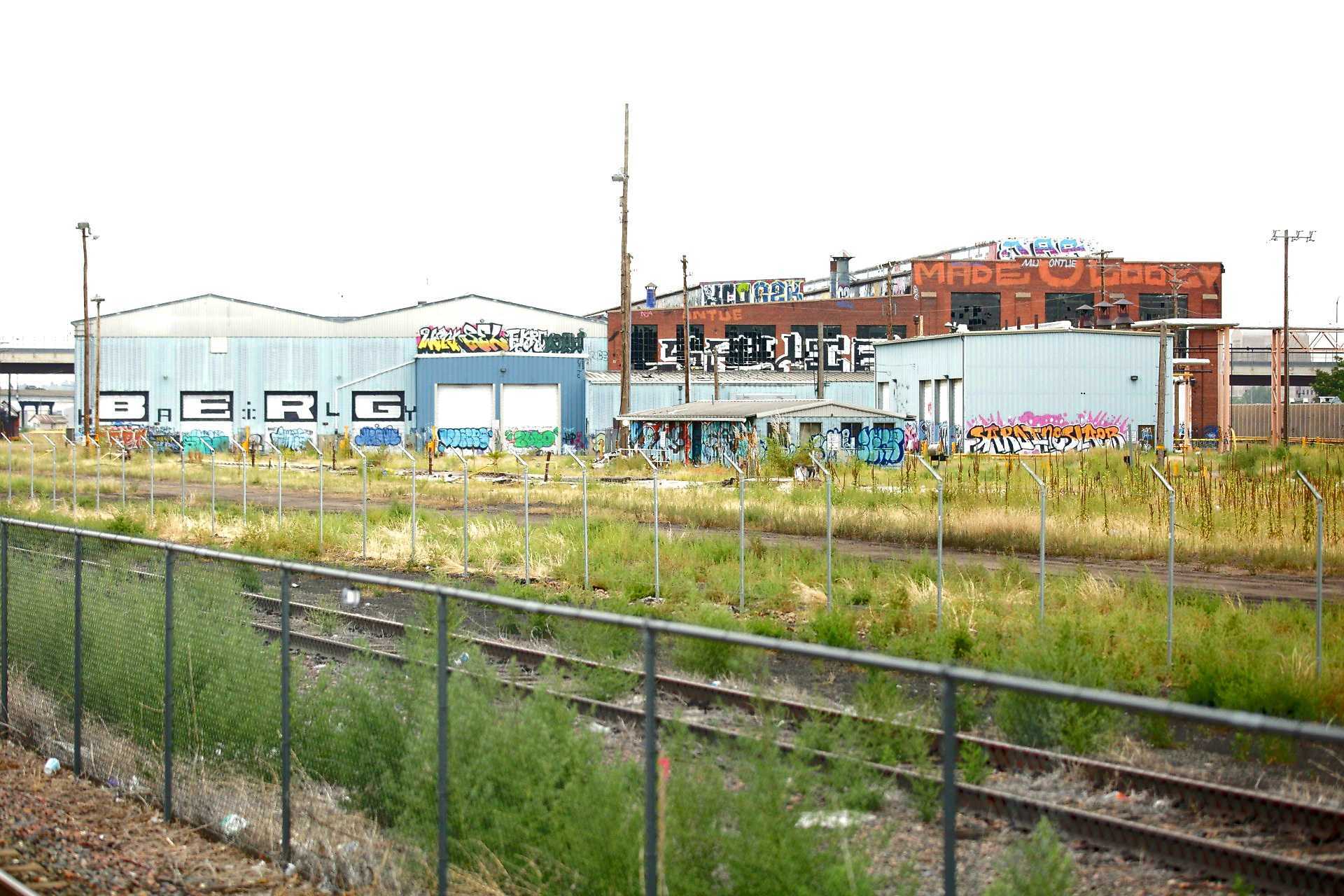
Though foot traffic is down and commercial real estate values have plummeted, developers are bullish on more growth in the city center. Burnham Yard is a big part of that.
And the project mirrors newer development trends in industrial areas.
The former trainyards around Union Station now house massive condos and apartment buildings. The warehouses in the industrial Brighton Boulevard corridor have largely been demolished to make way for the trendy new River North Art District. The Central Park neighborhood was built on top of the former Stapleton Airport site.
Burnham Yard could likely see a similar fate if city planners have their way.
Neighbors are already mulling possible futures for the land.
Stella Yu doesn't see a reason to wait for a formal process to begin to start drumming up ideas for the future of the site with her registered neighborhood group, the La Alma Lincoln Park Neighborhood Association.
"There is no harm for us to have a vision and to put our best thinking forward before the railroad tells us what to do," she said.
She would like to see the land be used to help address the city's homelessness and affordable housing crisis, to have ample green space, and she'd like to see some of the land used as a solar farm.
Neighborhood organization member David Griggs added that the nearby neighborhoods are "not the wealthiest in Denver and not homogenous demographically."
Any plans should honor the existing community, he said. What that looks like is uncertain.
"It's safe to say the neighbors don't want another RiNo," Griggs said. "It's safe to say the neighbors don't want another Stapleton."

